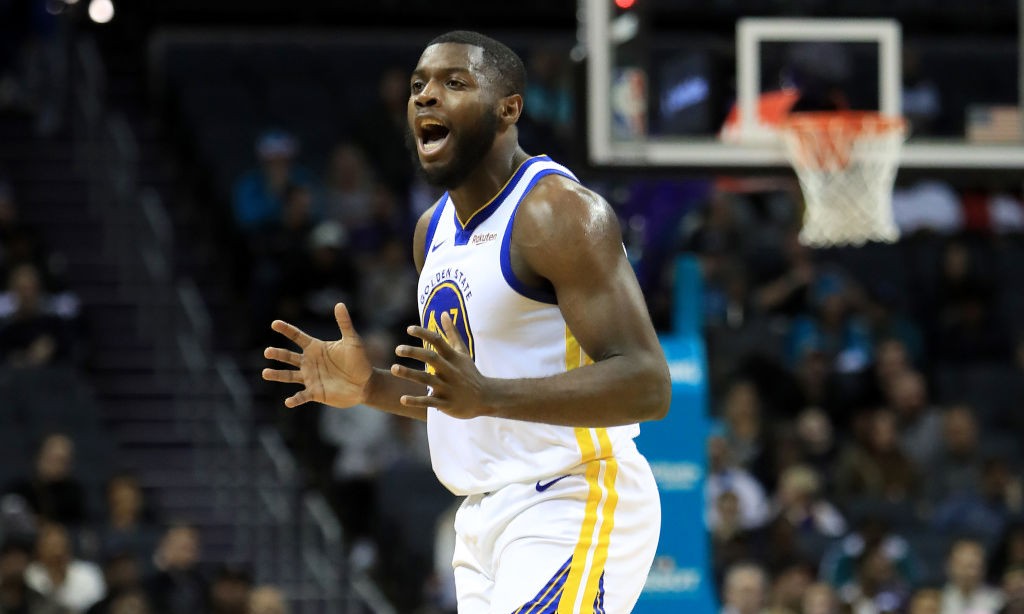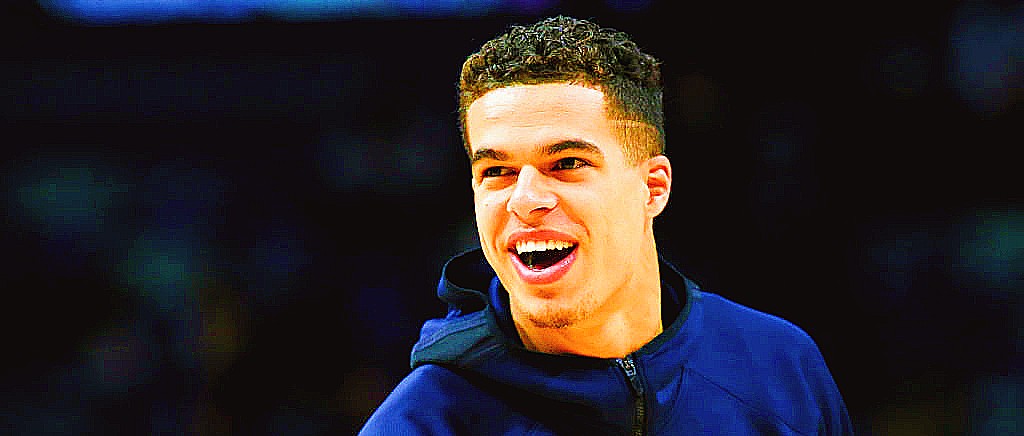It’s been a long and winding road for Michael Porter Jr. The 6’10 forward was once the No. 1 high school prospect in the country and a presumptive top-three pick in the 2018 NBA Draft. After injuries struck to keep him off the floor for the vast majority of his single season at Missouri, Porter slipped down draft boards, eventually landing with the Denver Nuggets at the No. 14 overall selection. At the time, that was viewed as a perfectly reasonable pick for the Nuggets given Porter’s upside but, in the same breath, he slipped for a reason and there was plenty of mystery when Porter missed his entire rookie campaign after a second back surgery.
In 2019-20, things have also been spotty for the 21-year-old, including sparse deployment in Denver’s first 30 games. Porter appeared only 21 times in that sample, averaging 8.5 minutes per game, exceeding 14 minutes only once and operating on the outskirts of the Nuggets’ rotation. Since then, though, Porter has arrived in a big way.
In the last five games, Porter’s deployment has increased to 18.1 minutes per game (including a start) and he is shooting a blistering 72.5 percent from the floor and 44 percent from three-point range. Obviously, that level of shooting is not sustainable, but Porter has been productive (13.8 points and 4.0 rebounds per game) and he showed plenty of his tools in a 25-point outburst during a win over the Pacers on Jan. 2.
Because of Porter’s limited sample size over the full season (10.3 minutes per game) and his role on a playoff-bound team, a full-blown challenge for Rookie of the Year honors seems wildly unlikely. However, he has been efficient (61.5 percent true shooting) and impressive on the offensive end. The defensive questions remain real for Porter and, frankly, there are times when he looks like a player that hasn’t been on the court much in the last two years. Still, it is time to start paying closer attention to the former five-star prospect, and that includes monitoring his progress for rookie-based purposes.
Where does Porter land in this week’s rookie watch? Let’s explore.
Honorable Mentions
- Jarrett Culver – It would be nice for everyone involved if Culver could make a three. On the bright side, he’s averaging 13.5 points and 5.8 rebounds per game in the last four. On the ugly side, he’s shooting 24 percent from long range… for the season.
- Sekou Doumbouya – It’s been a big week for Sekou. The talented forward hasn’t been very prominent in Detroit so far this season, but the last three games have been something of a breakout. He is averaging 33.1 (!) minutes per game in that stretch, with reasonable efficiency to go along with 12.3 points and 8.7 rebounds per game. Let’s hope that continues.
- Garrison Mathews – The 23-year-old guard from Lipscomb is out of his mind right now. I don’t know if it will continue, but Mathews is averaging 15.8 points per game and shooting 50 percent from three in the last four contests. That explosion earns a shout-out.
10) Michael Porter Jr.
If Porter Jr. continues to play as much as he has in the last few games, he’ll definitely stay in the mix, if not rise in the rankings. For now, the sample is still pretty small, but there are plenty of signs.
9) Cam Johnson
We’ve discussed Johnson’s profile a few times this season and not much has changed. He’s still playing more than 20 minutes per game for a team that is trying to win. He’s still shooting 40 percent from three. That is still valuable, albeit limited.
8) Terence Davis
Davis hasn’t been incredible in terms of productivity. He’s still been quite efficient (47 percent shooting, 39 percent from three) and operating as an every-night contributor for a good basketball team. From a Raptors perspective, it is a big-time luxury to have a rookie that feels like a playable veteran.
7) Rui Hachimura
Hachimura is going to miss at least two more weeks as a result of the groin injury that has already kept him off the floor since Dec. 16. That is highly unfortunate for both player and team, though he still makes the top seven based on what he’s done so far.
6) Tyler Herro
A lot of Herro’s candidacy in this space was buoyed by strong efficiency in the early going. In the first 22 games, the former Kentucky guard shot 45 percent from the floor, to go along with a sparkling 39.2 percent figure from beyond the three-point arc. In the 13 games since then, Herro is shooting just 35.8 percent from the floor and, even with solid three-point marksmanship (35.3 percent), it is tough to maintain overall effectiveness on that kind of shooting.
5) Eric Paschall

Paschall’s resume is still heavily weighed to the beginning of the year and, for most of December, he did almost nothing. That basically eliminates him from real ROY consideration but, in a nice bounce-back, Paschall has contributed positively in both games in January. We’ll see if that continues but, for now, it is still worth noting his season-long averages of 14.5 points (on 48.8 percent shooting) and 4.5 rebounds per game.
4) Kendrick Nunn
It is wise to avoid being too reactionary, especially with regard to rookies. Nunn’s recent play is an example of why. He’s been good on the whole this season but, in the last five games, Nunn is shooting 33.9 percent from the floor and 24 percent from three. When he doesn’t bring much else to the table, that kind of inefficiency is going to facilitate a drop.
3) P.J. Washington
Things aren’t always great for Washington on the defensive end, which is a mild surprise given his profile entering the league. Still, he has been highly productive and efficient, leading to this placement. The former Kentucky big man did miss five games with injury near the end of December but, since then, Washington has been quite effective. He is shooting 52.5 percent from the floor and 52.9 percent from three since Dec. 27, and that comes with 15.6 points per game. Efficiency matters!
2) Brandon Clarke
Candidly, I don’t think Clarke would finish second if ROY voting happened today. That’s just now how this usually works, especially for a player averaging only 21.3 minutes with only two starts this season. Clarke has the best advanced numbers (and overall efficiency) of any rookie, though, and he’s a standout on a per-minute basis. That hasn’t changed at all recently, with a 13-game stretch of high-end effectiveness after missing time with injury. In those 13 contests, Clarke is shooting 63.6 percent from the floor and averaging 13.5 points and 5.1 rebounds despite only modest deployment. That’ll do.
1) Ja Morant
Ja Morant is very good. In three January games, the 20-year-old lead guard is averaging 19.3 points and 7.7 assists while shooting 61 percent from the floor and 44 percent from three. Unless something drastically changes, the race is for No. 2, not No. 1.







